-
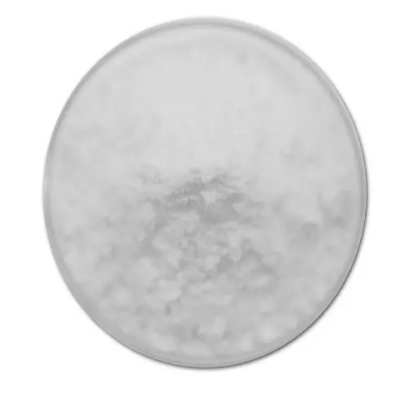
2-(diisopropylamino)ethylamine CAS:121-05-1
2-(Diisopropylamino)ethylamine, also known as N,N-diisopropylethylamine, is a chemical compound with the molecular formula C8H19N. It is a colorless liquid used as a versatile building block in organic synthesis due to its amine functionality and steric hindrance provided by the diisopropylamine group.
-
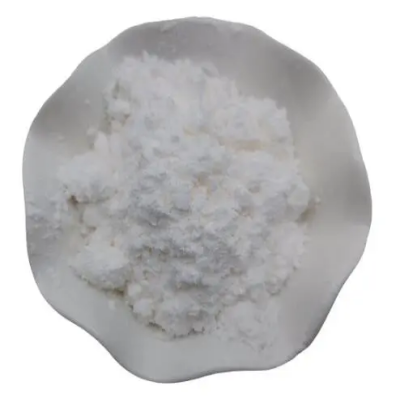
2-(3,4-Dimethoxyphenyl)ethylamine CAS:120-20-7
2-(3,4-Dimethoxyphenyl)ethylamine is a chemical compound with the molecular formula C11H17NO2. It is a crystalline solid with applications in various chemical and pharmaceutical fields due to its aromatic structure and amine functional group.
-
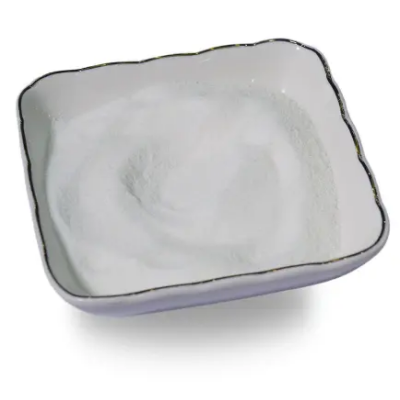
(2-Aminothiazole-4-yl)aceticacid CAS:29676-71-9
(2-Aminothiazole-4-yl)acetic acid is a chemical compound with the molecular formula C7H8N2O2S. It is a crystalline solid that is commonly used in various chemical and pharmaceutical applications due to its unique structure and properties.
-

(3,4-Dimethoxyphenyl)aceticacid CAS:93-40-3
(3,4-Dimethoxyphenyl)acetic acid is a chemical compound with the molecular formula C10H12O4. It is a crystalline solid commonly utilized in various chemical and pharmaceutical applications due to its aromatic structure and carboxylic acid functional group.
-
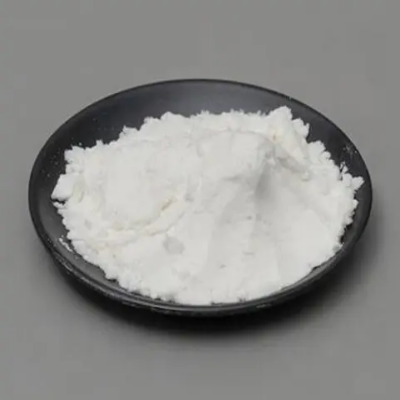
1-boc-piperazine CAS:57260-71-6
1-Boc-piperazine, also known as N-Boc-piperazine, is a chemical compound with the molecular formula C9H18N2O2. It is a crystalline solid widely used in chemical synthesis and pharmaceutical applications due to its versatile nature and functional groups.
-

Tazobactam sodium salt CAS:89785-84-2
Tazobactam sodium salt is a water-soluble derivative of tazobactam, a beta-lactamase inhibitor commonly used in combination with beta-lactam antibiotics such as piperacillin. It enhances the efficacy of beta-lactam antibiotics by preventing bacterial resistance mediated by beta-lactamases, enzymes that degrade beta-lactam antibiotics. Tazobactam sodium salt is particularly effective against gram-negative bacteria that produce beta-lactamases, restoring the activity of beta-lactam antibiotics against these resistant strains.
-

Tetracycline hydrochloride CAS:64-75-5
Tetracycline hydrochloride is a derivative of tetracycline, a broad-spectrum antibiotic belonging to the tetracycline class. Chemically, it is tetracycline compounded with hydrochloric acid to enhance solubility. Like its parent compound, tetracycline hydrochloride inhibits bacterial protein synthesis by binding to the bacterial ribosome, exerting bacteriostatic effects against a wide range of gram-positive and gram-negative bacteria, as well as certain protozoa.
-
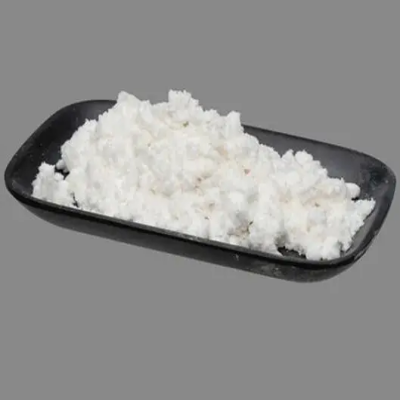
Telithromycin CAS:191114-48-4
Telithromycin is a ketolide antibiotic developed as a successor to macrolide antibiotics like erythromycin. It exhibits potent activity against respiratory pathogens, including macrolide-resistant strains of Streptococcus pneumoniae. Telithromycin works by binding to the bacterial 50S ribosomal subunit, inhibiting protein synthesis and exerting bacteriostatic effects against susceptible bacteria.
-

Sulfathiazole (4-amino-N-(2-thiazolyl)benzenesulfonamide) CAS:72-14-0
Sulfathiazole is a sulfonamide antibiotic that belongs to the sulfa drug class. It is chemically described as 4-amino-N-(2-thiazolyl)benzenesulfonamide. Sulfathiazole works by inhibiting dihydropteroate synthase, an enzyme crucial for bacterial folic acid synthesis. This mechanism of action disrupts bacterial growth and replication, making it effective against various gram-positive and gram-negative bacteria.
-
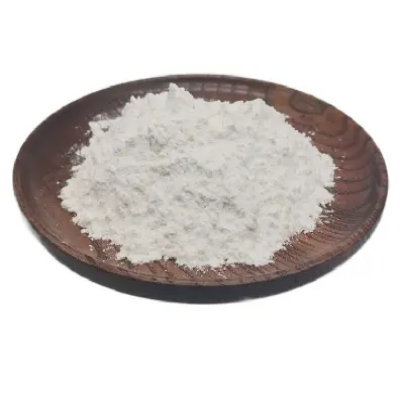
Ticarcillin disodium salt CAS:4697-14-7
Ticarcillin disodium salt is a broad-spectrum semi-synthetic penicillin antibiotic used to treat a wide range of bacterial infections. It works by inhibiting bacterial cell wall synthesis, leading to cell lysis and death. Ticarcillin is particularly effective against gram-negative bacteria, including Pseudomonas aeruginosa, as well as some gram-positive organisms.
-
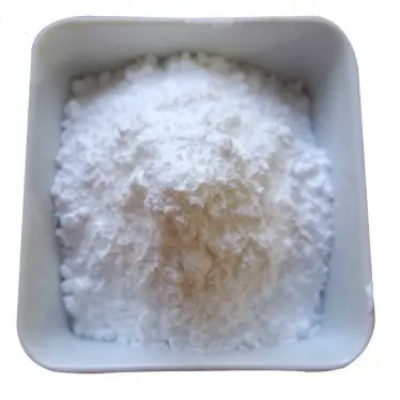
Thiamphenicol CAS:15318-45-3
Thiabendazole is an antiparasitic medication belonging to the benzimidazole class, effective against a variety of parasitic infections. It works by disrupting the microtubule function in the parasites, leading to inhibition of their growth and reproduction. Thiabendazole is commonly used in both veterinary and human medicine for the treatment of parasitic infections caused by nematodes, cestodes, and trematodes.
-

Terbinafine hydrochloride CAS:78628-80-5
Terbinafine hydrochloride is an antifungal medication used to treat fungal infections of the skin, nails, and scalp. It belongs to the allylamine class of antifungal agents, which work by inhibiting the synthesis of ergosterol, an essential component of fungal cell membranes. Terbinafine hydrochloride disrupts fungal cell membrane integrity, leading to fungal cell death and clearance of the infection.

